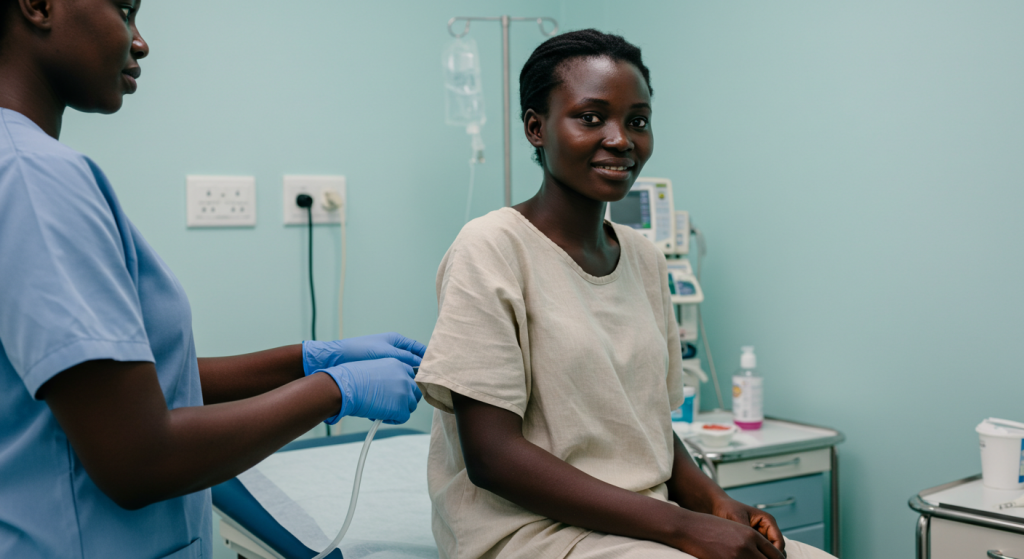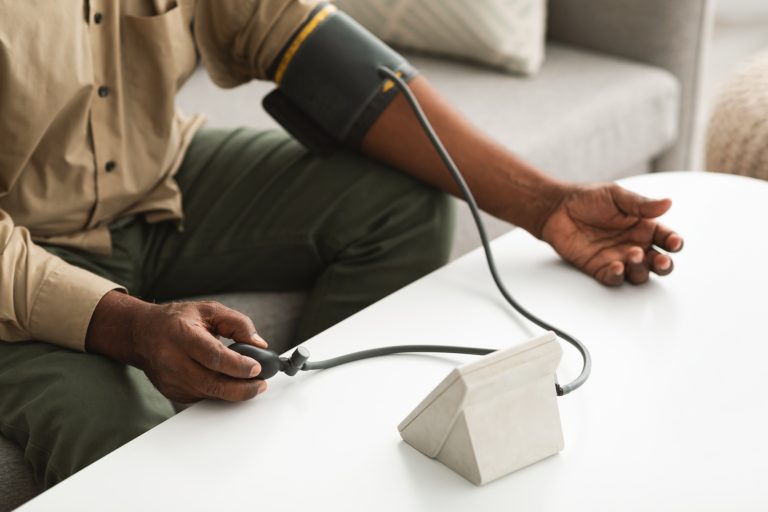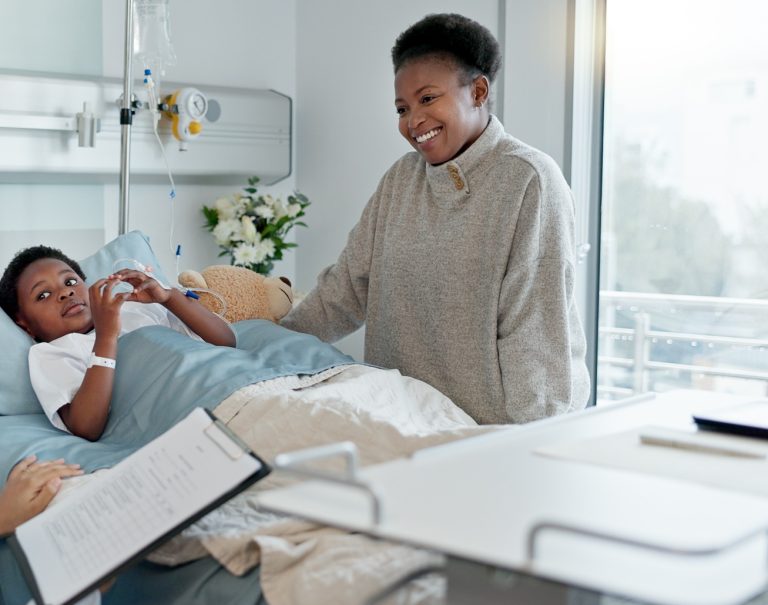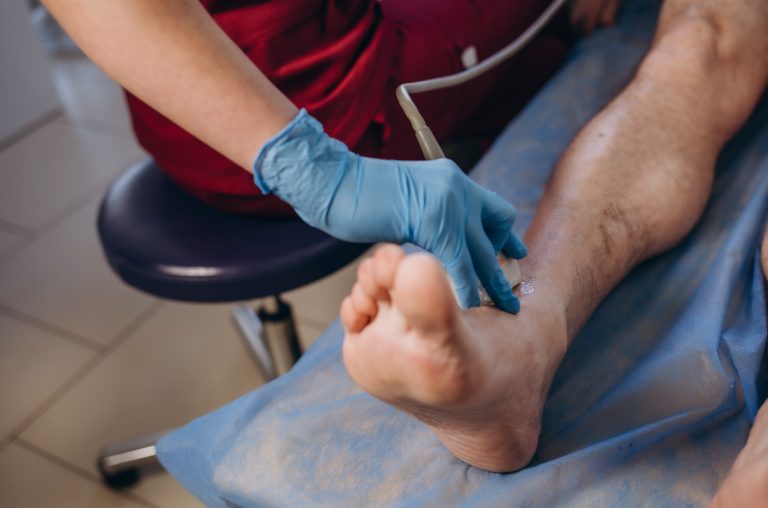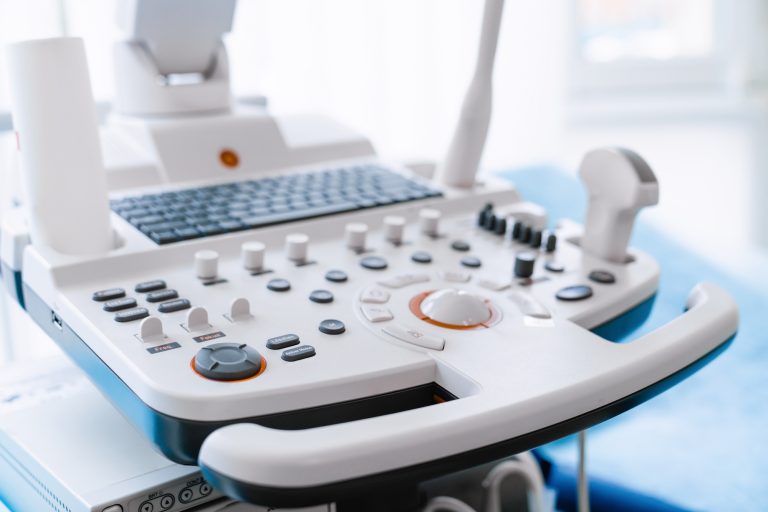For many African women dreaming of motherhood, the hysterosalpingogram—or HSG—can feel like a daunting hurdle. This X-ray test checks if your fallopian tubes are open and your uterus is shaped right, key factors in getting pregnant. If you’ve been trying for a baby without luck, your doctor might suggest it, especially in places where fertility struggles carry heavy emotional weight. It’s not a fun day out, but it’s a journey thousands of women across the continent take—and survive—with hope in their hearts.
The HSG itself is a bit of an ordeal, but it’s over quick. You lie on a table, legs up, while a doctor inserts a thin tube to release dye into your womb. Then, X-rays snap pictures as the dye flows, showing any blockages or odd shapes. It takes maybe 15 minutes, though the cramping can make it feel longer—like bad period pain, some say. In a busy clinic, the staff might rush you through, but a kind nurse or a chatty technician can lighten the mood. You’ll want to pop a painkiller beforehand—trust me, it helps.
What makes it bearable? For one, it’s a means to an end. In African communities, where family is everything, knowing why pregnancy isn’t happening can lift a weight off your shoulders. The test might reveal a fixable issue—like a blocked tube—or point to other solutions. Yes, it’s uncomfortable, and in some spots, the equipment’s old or the dye stings more than it should. Cost varies too—affordable at public hospitals, pricier at private ones—but it’s often a one-time thing, with results in a day or two.
The emotional side hits hard. Waiting rooms can buzz with quiet tension—women swapping stories of miscarriages or years of waiting. Yet, there’s strength in that sisterhood; you’re not alone. Some dread the “what if” of bad news, but others see it as a step forward—clarity beats wondering. Afterward, you might feel tender, maybe spot a little, but life goes on. A warm meal and rest usually set you right.
For the African woman, HSG is a test of grit as much as fertility. It’s not pleasant, but it’s doable—less about luxury and more about purpose. If it’s on your path, lean on your support system, ask questions, and keep your eyes on why you’re there. It’s a bumpy ride, but one that countless women have braved, proving it’s a journey you can bear.

